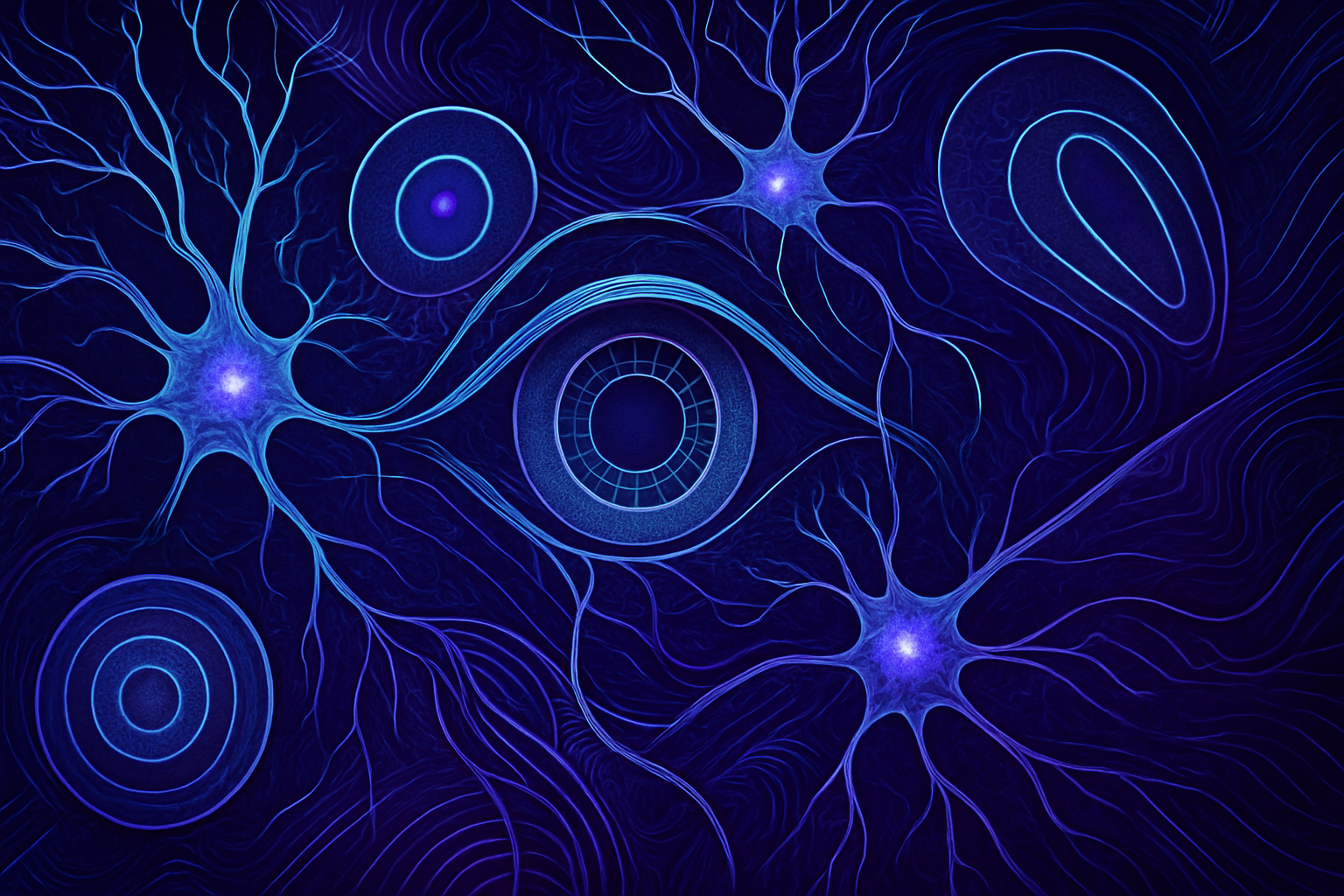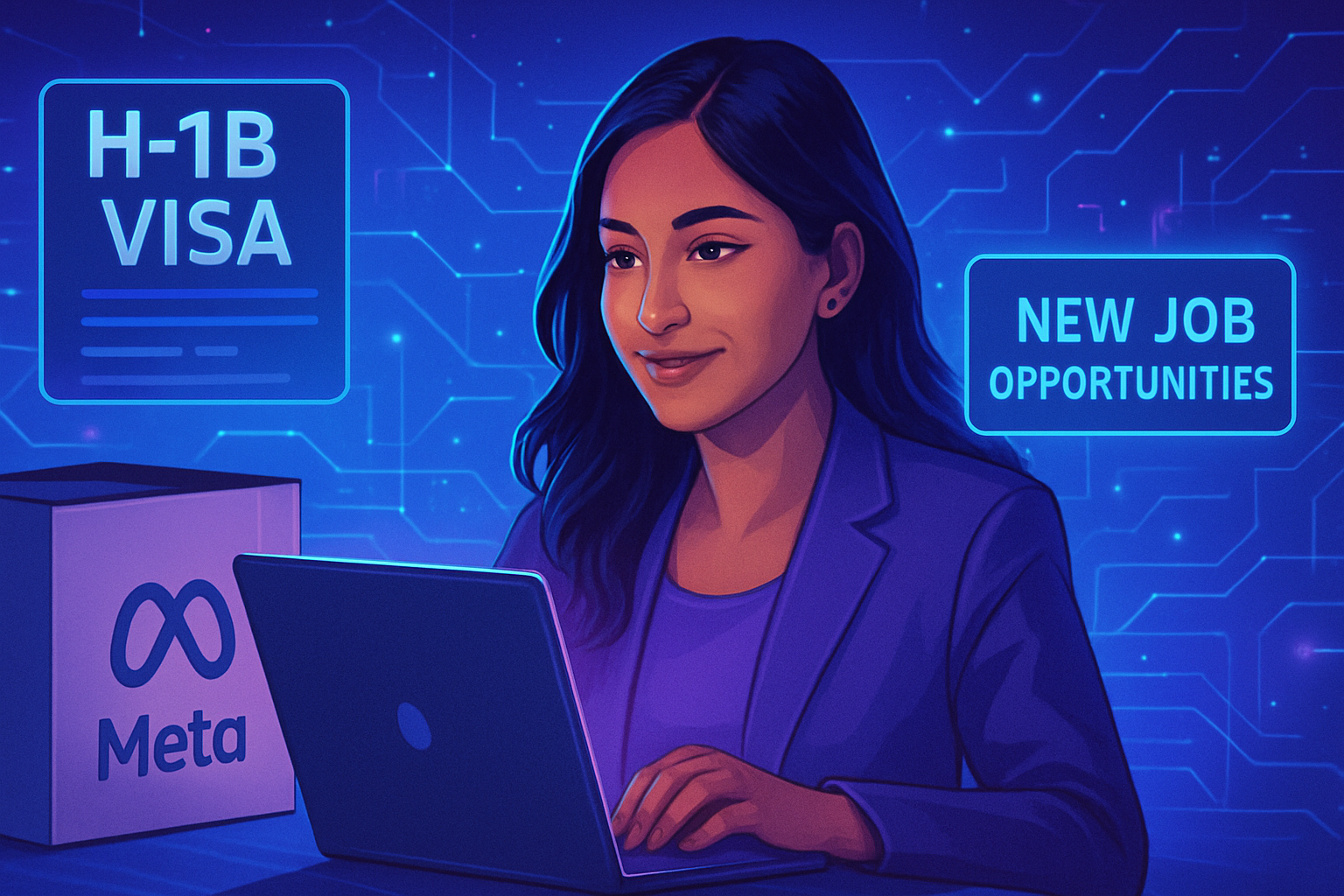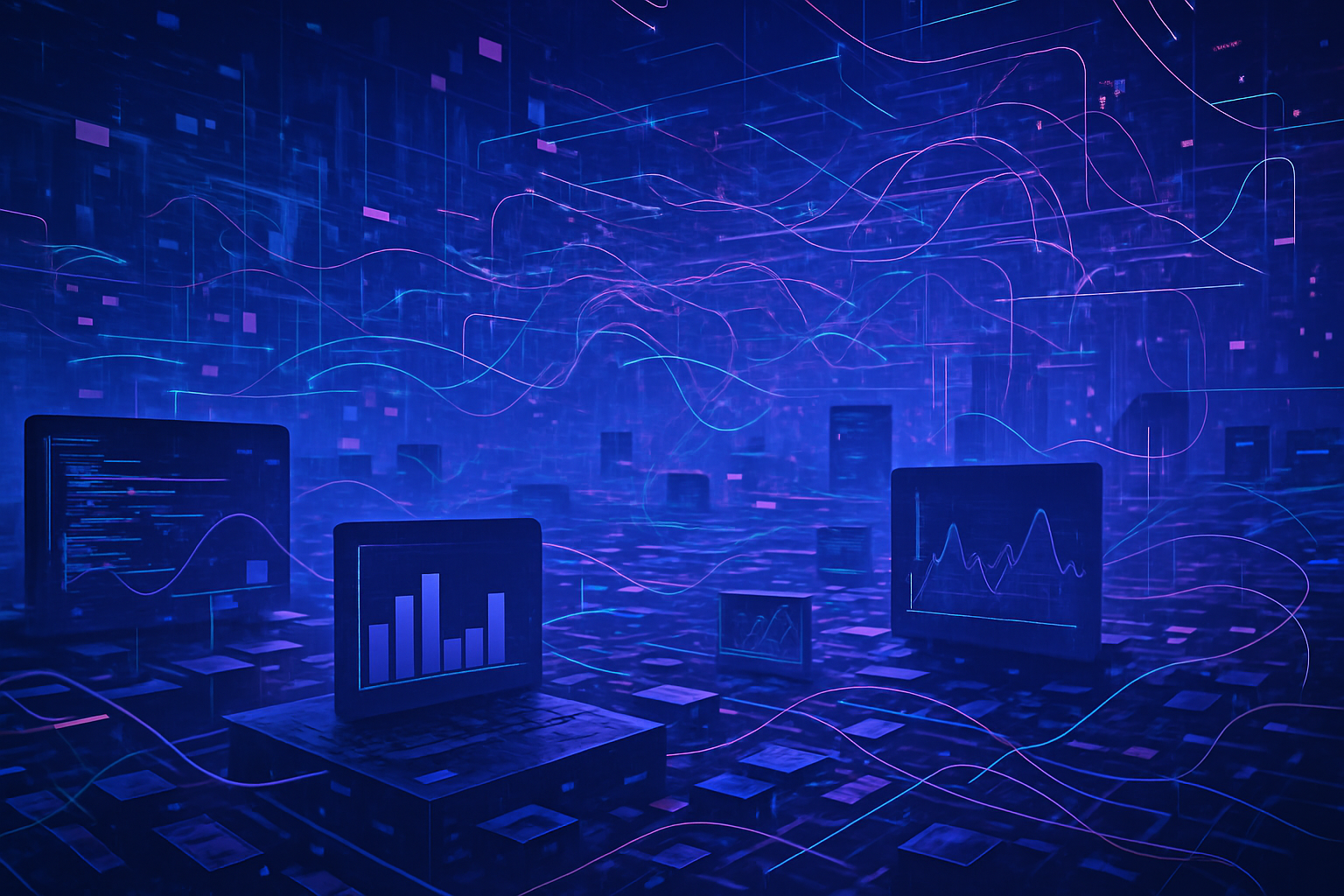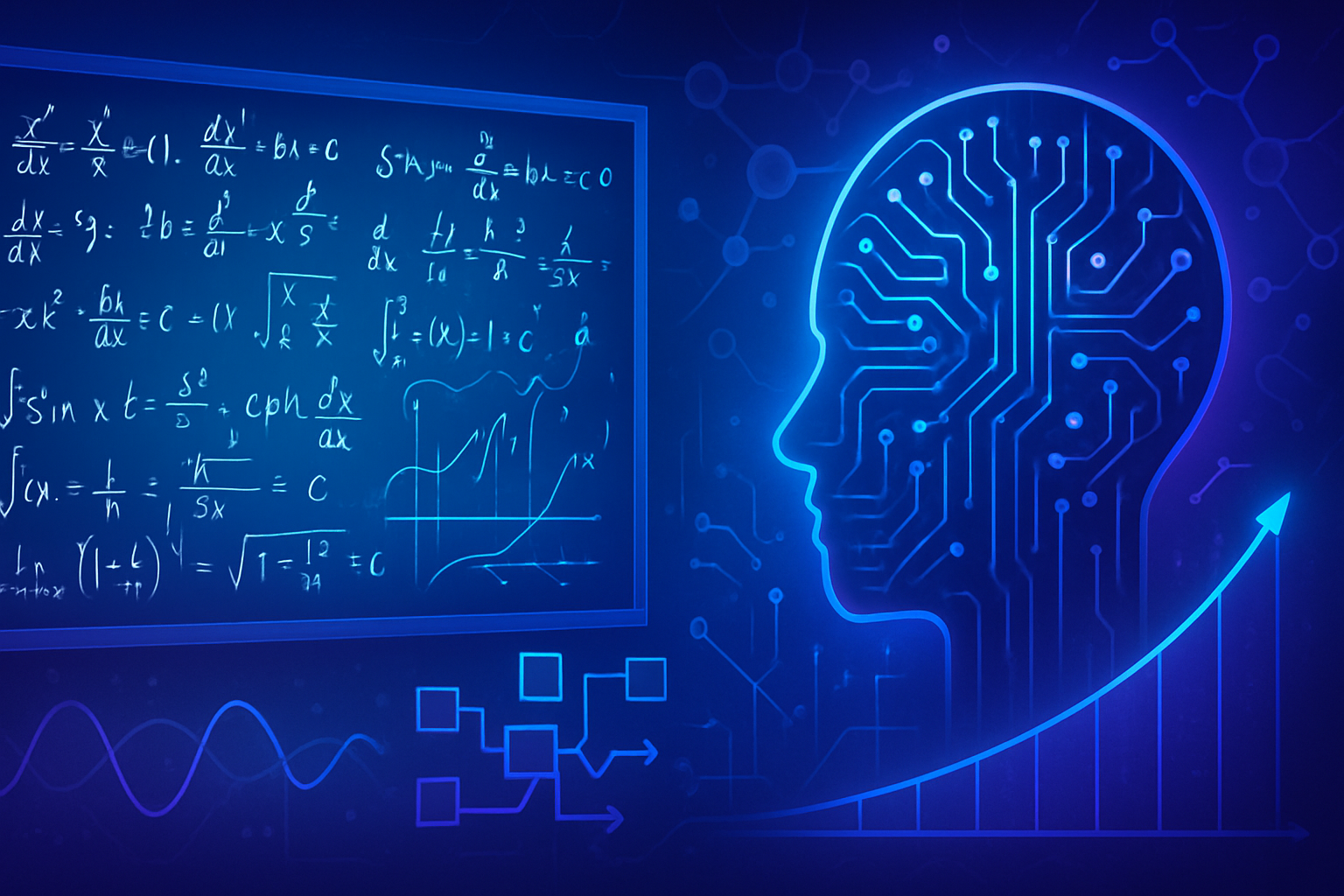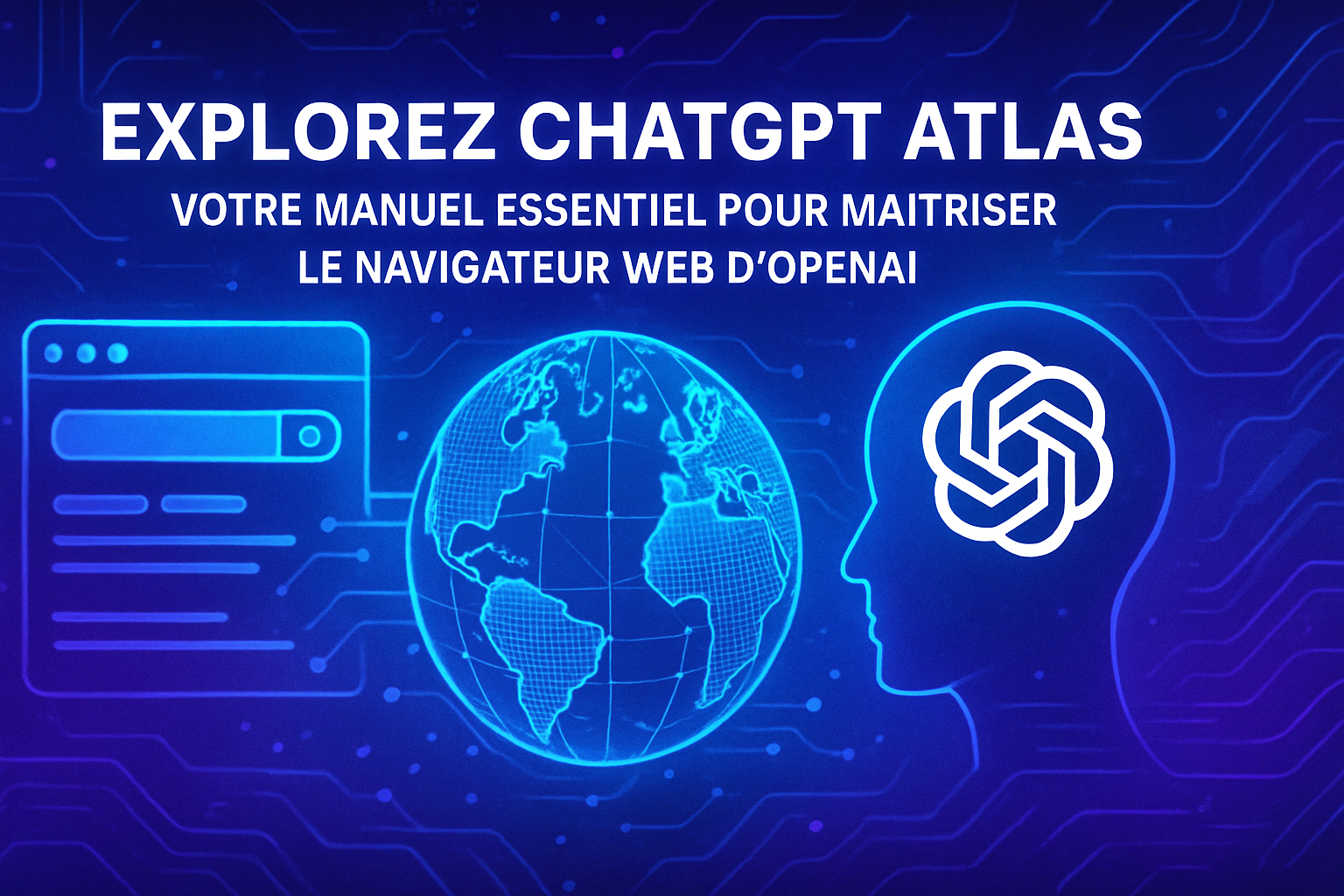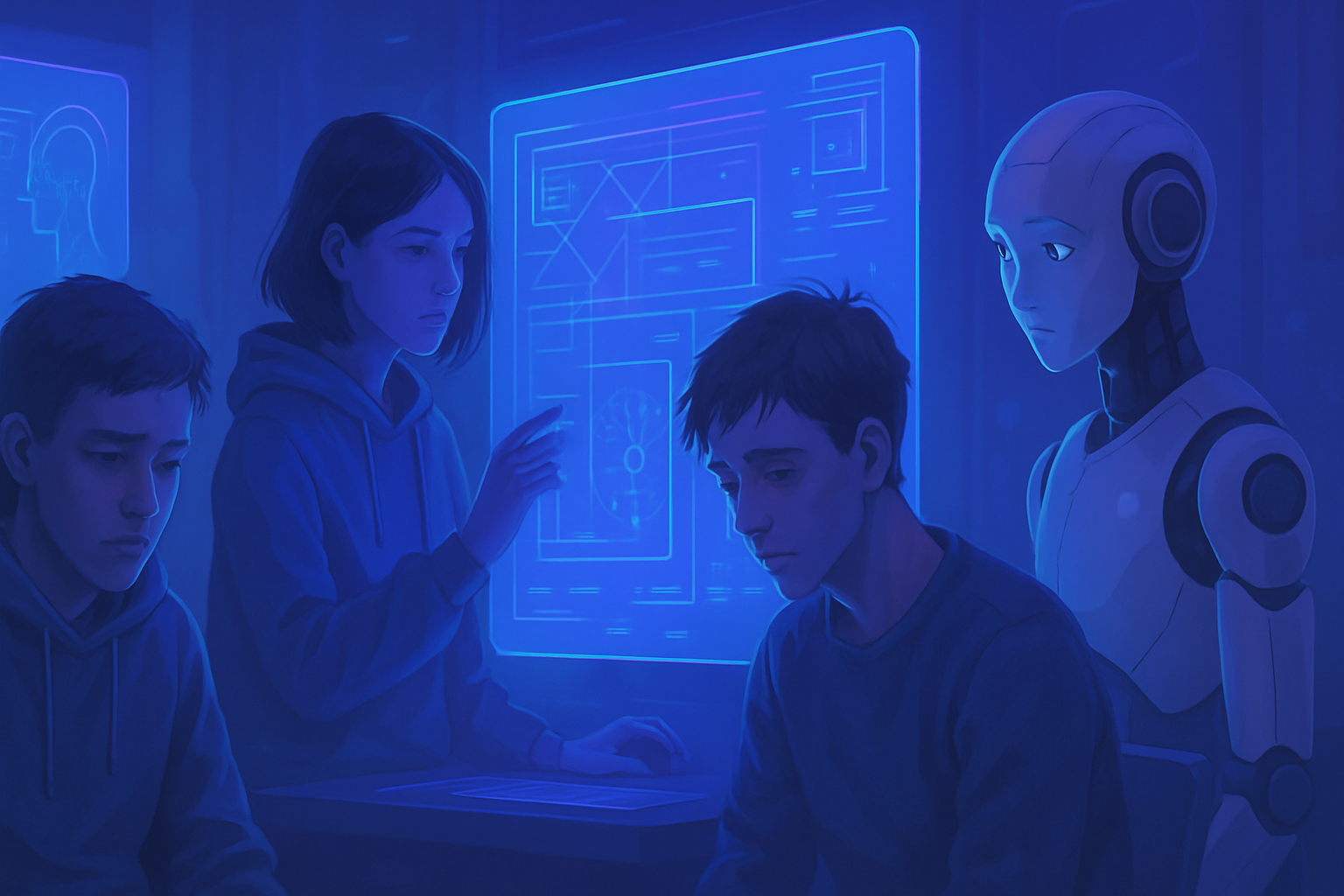Topographic neural networks, a revolutionary breakthrough, raise questions about our understanding of visual processes. Innovative models imitate the human visual system, offering unprecedented insights into perception. These approaches move away from traditional techniques and enable the analysis of brain mechanisms with remarkable precision. The quest for a faithful representation of the visual cortex engages researchers in an unprecedented exploration. The implications of this research impact both neuroscience and psychology, promising to reveal the subtleties of our visual experience.
Revolution of neural networks: the All-TNNs
Researchers from the University of Osnabrück and the Freie Universität Berlin have developed a new class of artificial neural networks, called All-topographic neural networks (All-TNNs). These models surpass traditional convolutional neural networks (CNNs) in simulating the human visual system. The publication of this research in Nature Human Behaviour marks a significant advancement in the fields of neuroscience and AI.
Limitations of existing models
CNNs, designed to mimic certain biological functions, adopt a uniform approach by recognizing similar features across all visual information. This principle, while effective in many cases, does not reflect how the human brain actually processes visual information. Dr. Tim Kietzmann emphasized that these models, while “powerful,” diverge from the essential biology of visual processing.
Design of the All-TNNs
The All-TNNs stand out for their ability to represent spatially organized selectivity of features on a two-dimensional cortical surface. This approach reinvents the way neural networks are designed by integrating a systematic link between types of features and the sought-after locations. The variation of these features across space becomes a fundamental aspect of visual processing.
Performance and potential applications
All-TNN models have sparked interest among neuroscientists and psychologists for their potential applications in studies on human perception. This could allow for a better understanding of the neural mechanisms underlying perception and behavior. For example, these networks could clarify how the topographic organization of feature detectors influences the way humans perceive and interpret their environment.
Ongoing improvements
Currently, the team is working on more efficient training methods to optimize the performance of the All-TNNs. The challenge lies in establishing a sensitive feature selectivity across space, a key element of cortical topology. Exploring the underlying biological mechanisms that contribute to this fluidity is a priority for researchers. The research is moving towards better integration of spatial and sensory information.
Impact on neuroscience research
The All-TNNs represent a point where artificial intelligence and neuroscience intersect. Improving visual processing models has the potential to transform our understanding of the human brain. By offering a more realistic representation of biological processes, these models could foster advancements in several fields of study, including cognitive psychology and behavioral neurobiology.
Frequently asked questions about topographic neural networks imitating the human visual system
What is a topographic neural network (All-TNN)?
A topographic neural network (All-TNN) is a new category of artificial neural networks designed to more accurately mimic the human visual system by respecting the spatial organization of information within the cortex.
How do All-TNNs differ from convolutional neural networks (CNNs)?
All-TNNs integrate a spatially hierarchical organization of feature selectivities, unlike CNNs that apply uniform filters on visual inputs, making them less representative of the brain’s biological mechanisms.
Why is it essential for machine learning models to resemble biological processes?
It is crucial for these models to respect biological organization to better understand how the brain processes visual information, which could improve applications in neuroscience and psychology.
How can All-TNNs help understand human visual biases?
All-TNNs better capture human behavioral patterns related to visual perception, allowing exploration of how cortical topography influences our behavior and perception in diverse contexts.
What potential applications could All-TNNs have in research?
These networks could be used to conduct studies in neuroscience and psychology, illuminating various aspects of human perception, image processing, and visual behavior.
Why do All-TNNs require more parameters than CNNs?
All-TNNs, due to their complex structuring that reflects cortical topography, require more parameters to capture the nuances of visual selectivities, making training denser and more informative.
How are researchers improving the training of All-TNNs?
Researchers are enhancing training by selecting higher quality image datasets, incorporating recurrent connections, and adjusting the tasks for which the model is optimized.
What characteristics are essential for an effective topographic neural network?
An effective topographic neural network must exhibit feature selectivity smoothed across space, mimicking the brain’s biological mechanisms to facilitate a more precise understanding of visual data.
How can All-TNNs influence the future design of artificial intelligence models?
All-TNNs pave the way for AI models that are more in tune with biological processes, initiating revisions of current algorithms to lay solid foundations for more efficient and intuitive artificial intelligence.
What challenges do researchers face in developing All-TNNs?
The main challenges include the need to achieve smooth feature selectivity and to identify the implicit mechanisms that biology uses to achieve this fluidity without burdening resource-intensive models.
